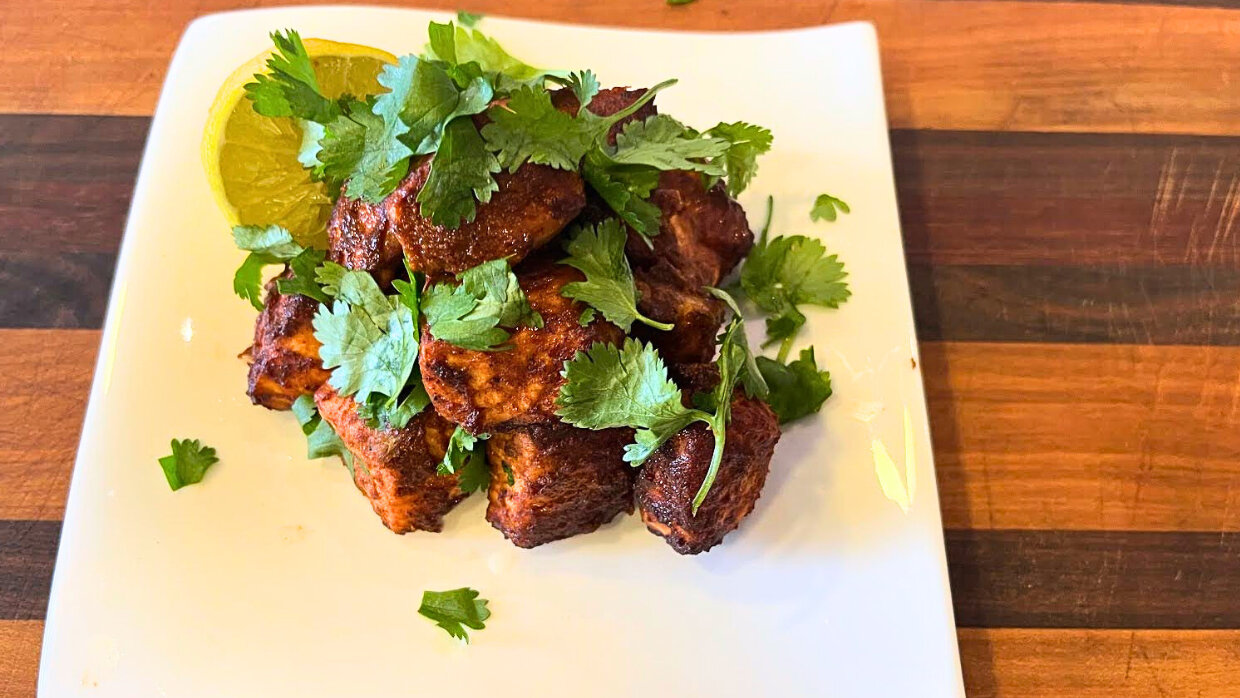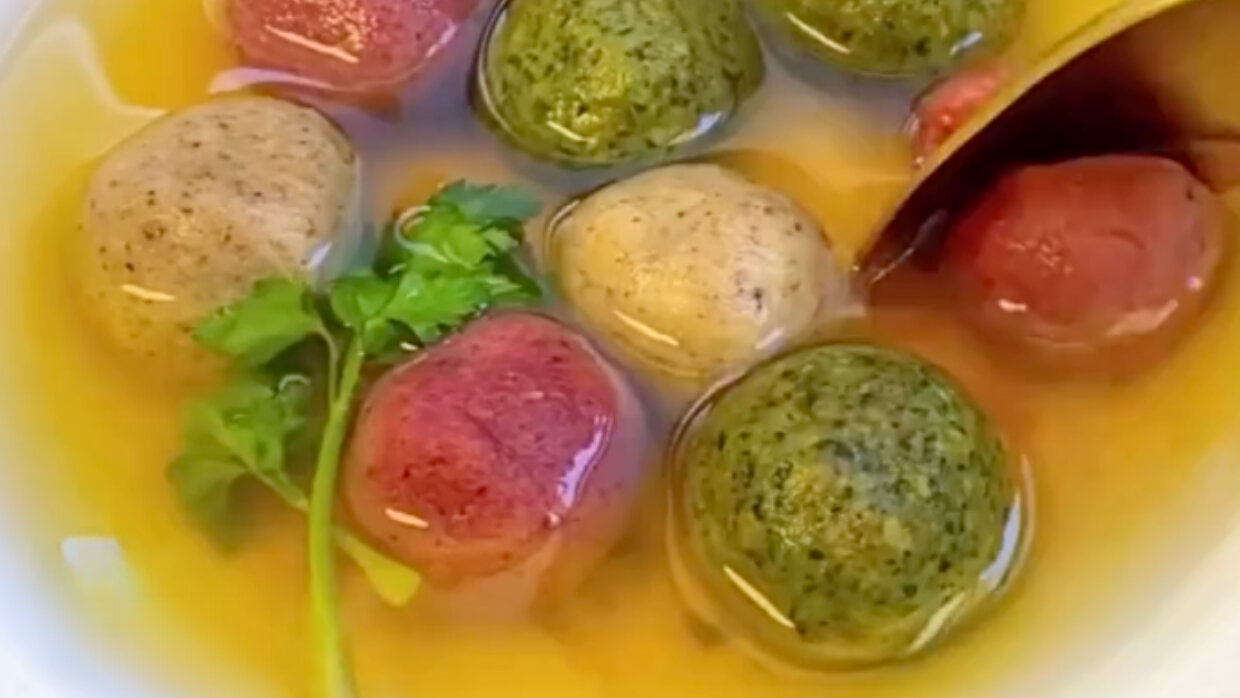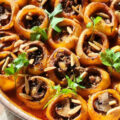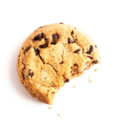In many Jewish communities throughout the world, special times and holidays are associated with baked goods. Shabbat has challah. Rosh Hashanah has honey cake. Chanukah has donuts. Shavuot has cheesecake.
And Purim has hamantaschen.
Hamantaschen are triangular-shaped pastries with filling. Classic hamantaschen are made from sweet dough filled with poppyseeds, but hamantaschen can be made with any kind of filling, including fruit and even chocolate. There are even recipes for savory hamantaschen filled with cream cheese and lox, spinach and feta cheese or seasoned meat.
There are plenty of competing theories about where hamantaschen came from and how they became associated with Purim. The most common understanding is that hamantaschen are related to Haman, the villain of the Purim story. His goal was to kill all the Jews living in 127 countries ruled by Achashverosh (Ahasuerus), King of Persia.
The distinctive triangular shape of hamantaschen is said to symbolize the three-cornered hat that Haman is supposed to have worn. Indeed, many children’s books about Purim show Haman wearing such a hat. It seems to fit together nicely. There are even those who say the triangular shape allows you to “take a bite out of evil,” by biting Haman’s headgear from each of its three corners.
The only problem is that there is no actual Jewish source to back up the claim that Haman wore such a hat.
In Hebrew, hamantaschen are called oznei Haman, which literally means Haman’s ears, despite the fact that hamantaschen bear no resemblance to human ears. Haman is also the inspiration for a Sefardi Purim treat called Haman’s fingers. Haman’s fingers are cigar-shaped pastries, usually filled with nuts.
Another theory suggests that the name hamantaschen comes from Yiddish, the language of the Ashkenazi Jews of Eastern Europe. In Yiddish, poppyseed is called mohn and the word taschen is Yiddish for pockets. So mohntaschen, meaning poppyseed pockets, combined with the name of the villain of Purim, became hamantaschen.
A totally different explanation of the origin of hamantaschen and how they came to be associated with Purim is related to Queen Esther. According to Jewish tradition, when Esther was living in the palace of Achashverosh, she kept her Jewish identity a secret, and was careful to eat only kosher food. Her diet was limited to fruits, vegetables, nuts and seeds. Thus, classic hamantaschen, which are filled with poppyseeds, are a way to remember the sacrifices Esther made to keep kosher as much as she could in a foreign palace.
The distinctive triangular shape of hamantaschen leads others to suggest that the three corners, like the three matzot on the Passover seder table, represent Abraham, Isaac and Jacob, the three patriarchs of Israel.
One final thought about the shape of the hamantaschen. The triangle is the strongest geometric shape in the world. Interestingly, the iconic six-pointed Jewish star known as the Magen David is actually made from two overlapping triangles.
This folktale about Jews in 19th century Europe also shows how important some people feel hamantaschen are in relation to Purim.
Once, many years ago, a serious flour shortage caused the Jewish bakers to collectively decide to forego making hamantaschen for Purim. They felt that, unlike bread and matzah, hamantaschen was a luxury that could not be justified, given the exorbitant price of flour that year.
The rabbi of the community felt differently. Out of respect for the custom of eating hamantaschen on Purim, he instructed that money from the communal charity fund be used to subsidize the flour, so his community could enjoy hamantaschen on Purim. That’s how precious he felt the custom was.
With so many competing theories, we may never know the true origin of hamantaschen. Happily, all we have to do is choose our favorite flavor.

















